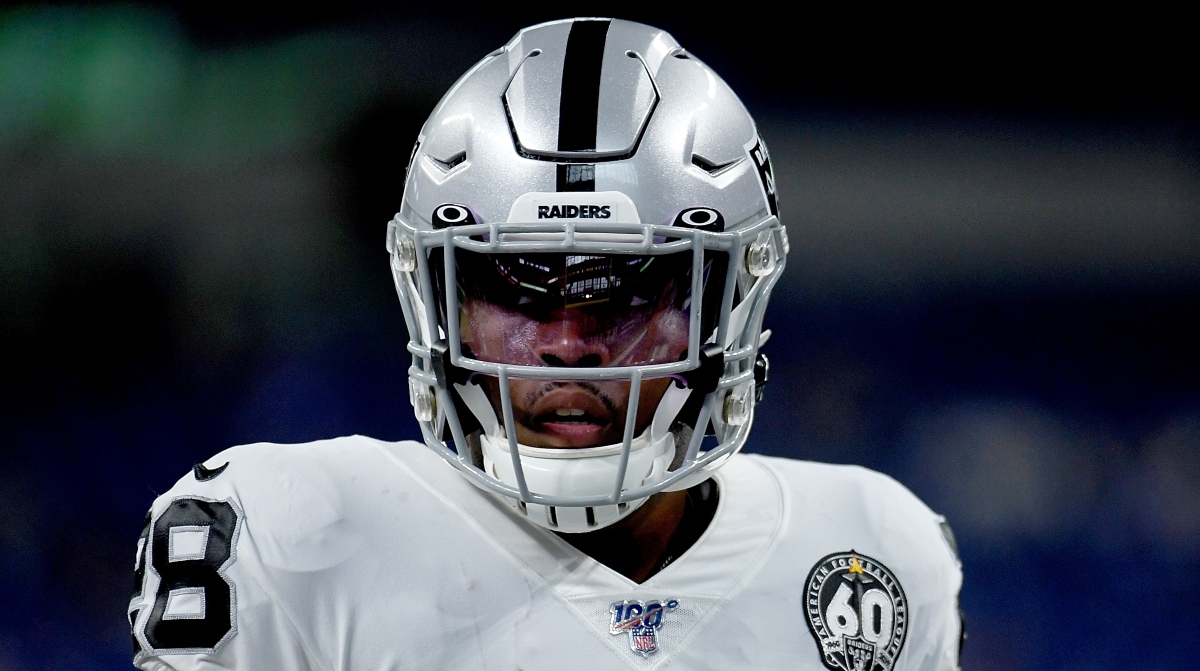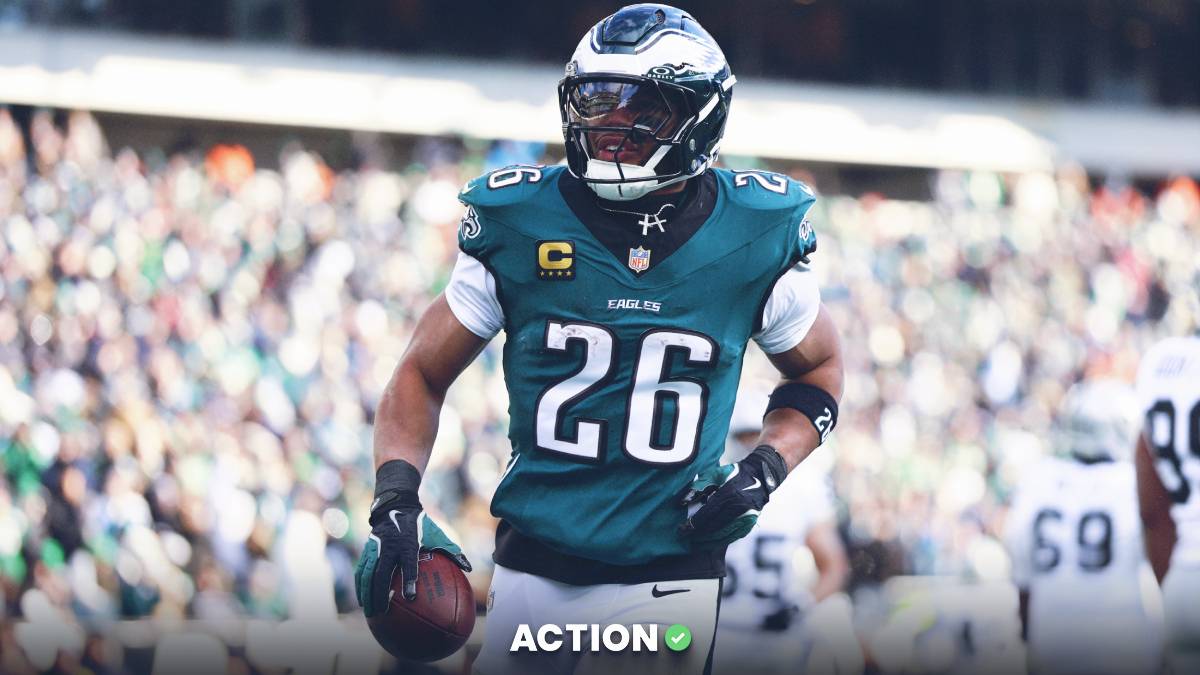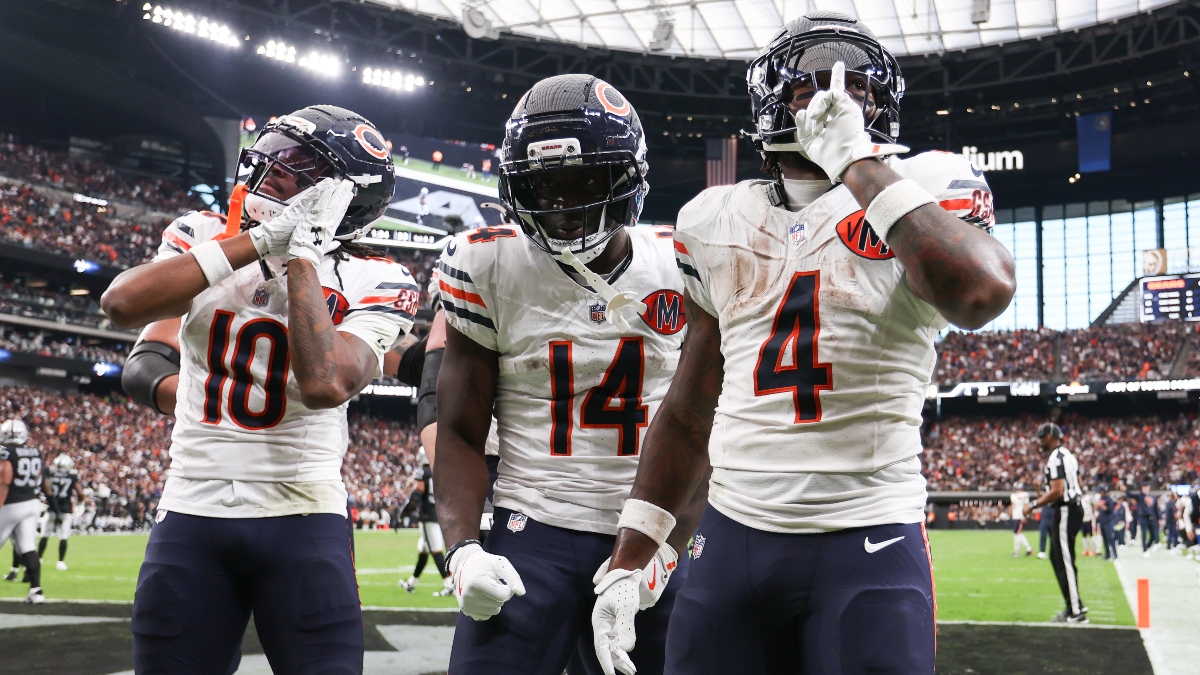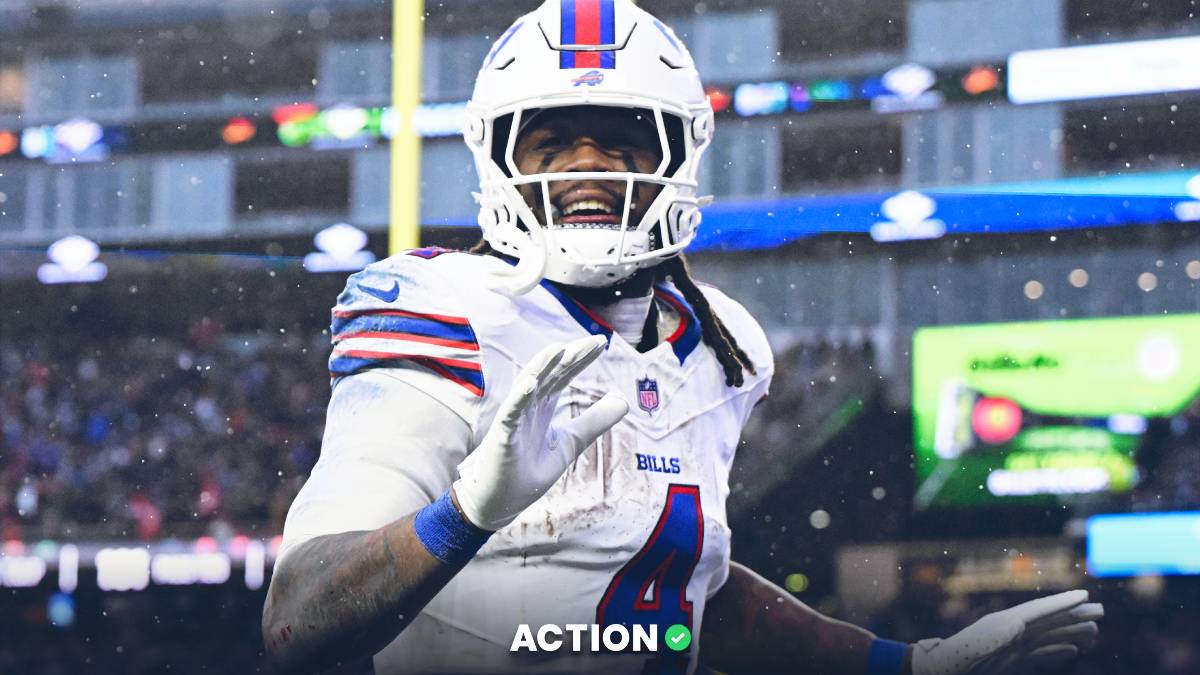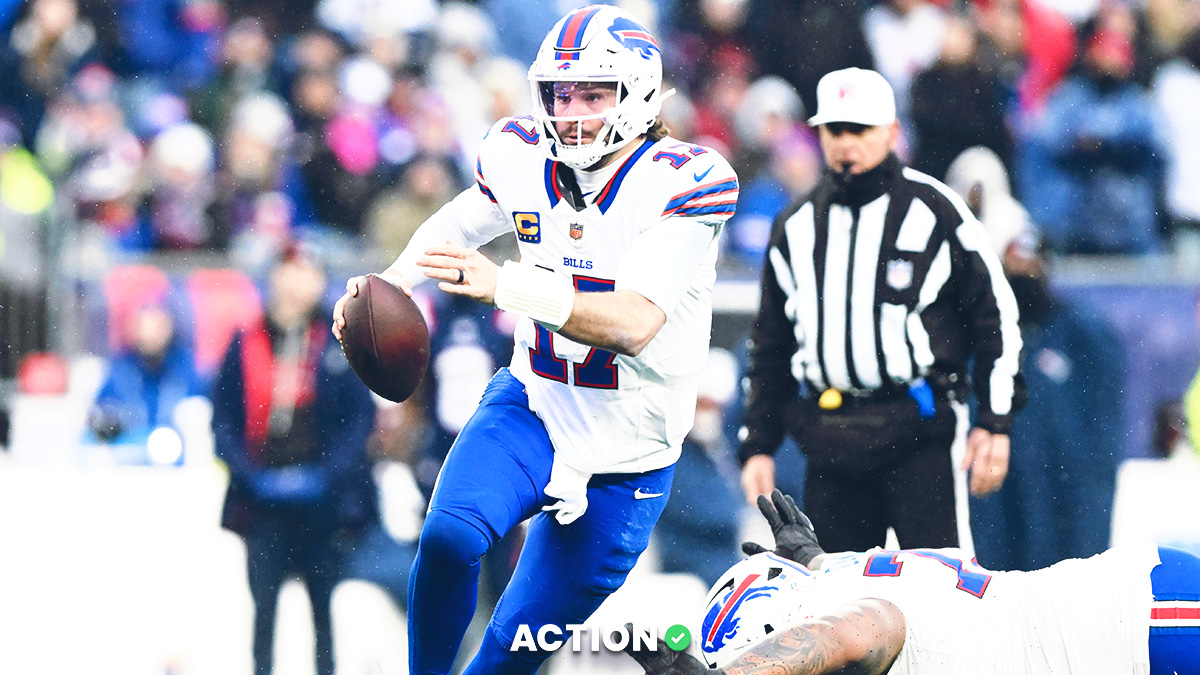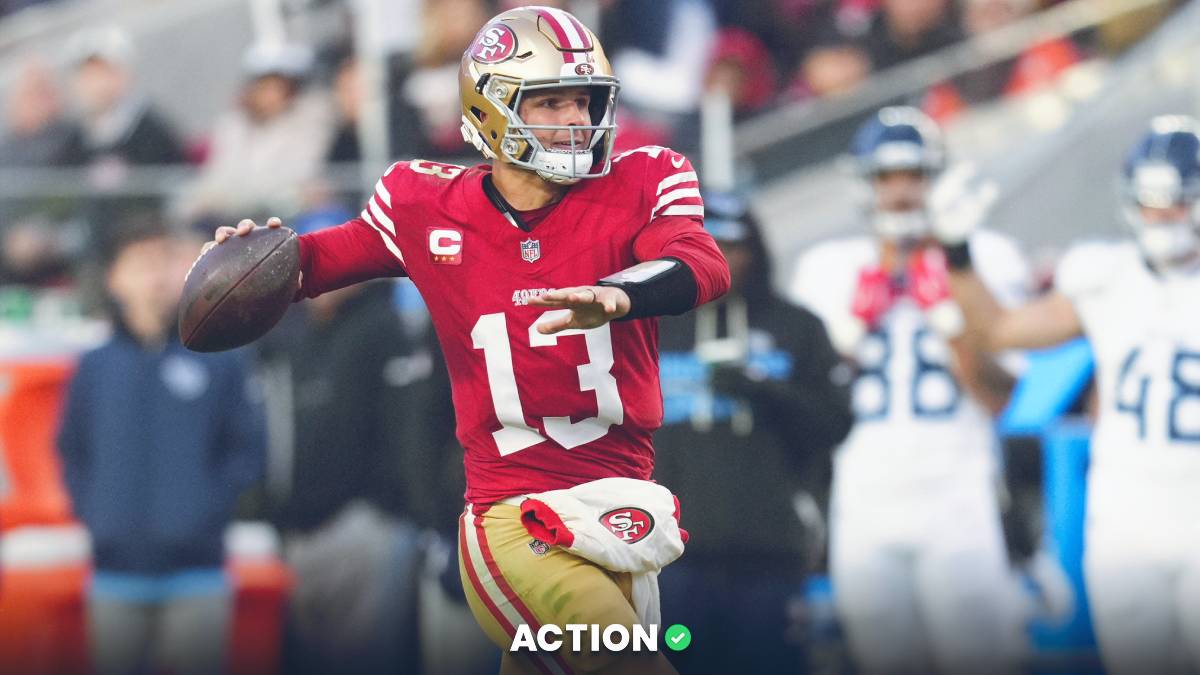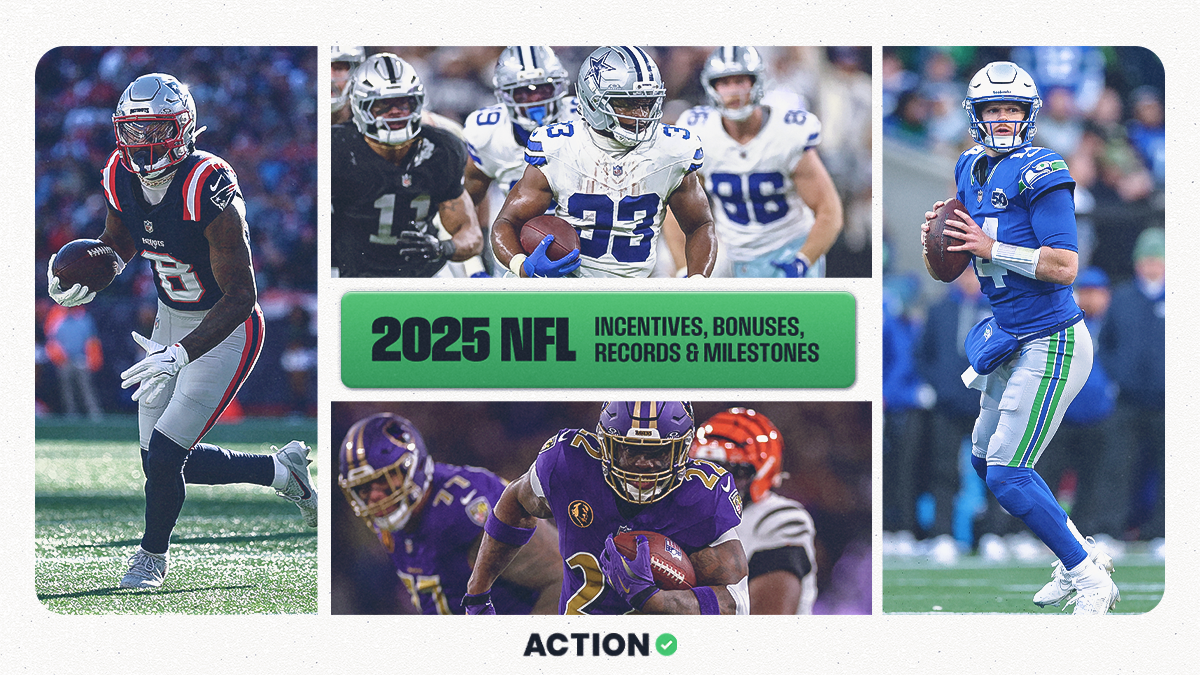- Matthew Freedman unveils his 2020 dynasty fantasy football rankings.
- Find his top 300 players below, featuring Josh Jacobs and more young stars.
I first got into fantasy football by joining a seasonal re-draft league with friends. And professionally, I spend most of my time researching the daily fantasy market for FantasyLabs.
But if I’m being honest, my favorite fantasy football format is dynasty, because it forces me to have a long-term perspective and to be willing to live for years with the consequences of my decisions.
Here are my initially 2020 dynasty fantasy football ranking. They're based in PPR scoring, however, format doesn't have much impact on a player’s long-term value, so these rankings are still useful for standard and half-point PPR leagues.
Let's dig into my top-300 rankings then run through my takeaways on notably high- and low-ranked players as well as my methodology.
2020 Dynasty Fantasy Football Rankings: Top 300
Higher-Ranked Players in My Dynasty Rankings
Players I'm high on relative to other dynasty rankers.
- QB Patrick Mahomes: I still have Mahomes ahead of Lamar Jackson. If Mahomes were to tear his ACL, he could probably still be a league-winning quarterback when he returned. If Jackson were to suffer a major injury, he may never be the same.
- RB Josh Jacobs: He's young, he had 101.2 scrimmage yards per game as a rookie, and he's on a team that wants to get him the ball. He could be a top-five back over the next half decade.
- WR JuJu Smith-Schuster: Needless to say, 2019 was not his year. But he's still only 24 years old, and he was one of the league's best receivers in 2018.
- TE Mark Andrews: He was great in college, as a rookie and in his second season. In 2019, he was No. 1 at the position with 0.33 targets per route and No. 2 with 2.89 yards per route.
Lower-Ranked Players in My Dynasty Rankings
Players I'm low on relative to other dynasty rankers.
- QB Russell Wilson: He'll likely be in the Hall of Fame. But this is a replaceable position in fantasy, Wilson will be 32 this year, he doesn't run as much as he used to and his offensive system is holding him back.
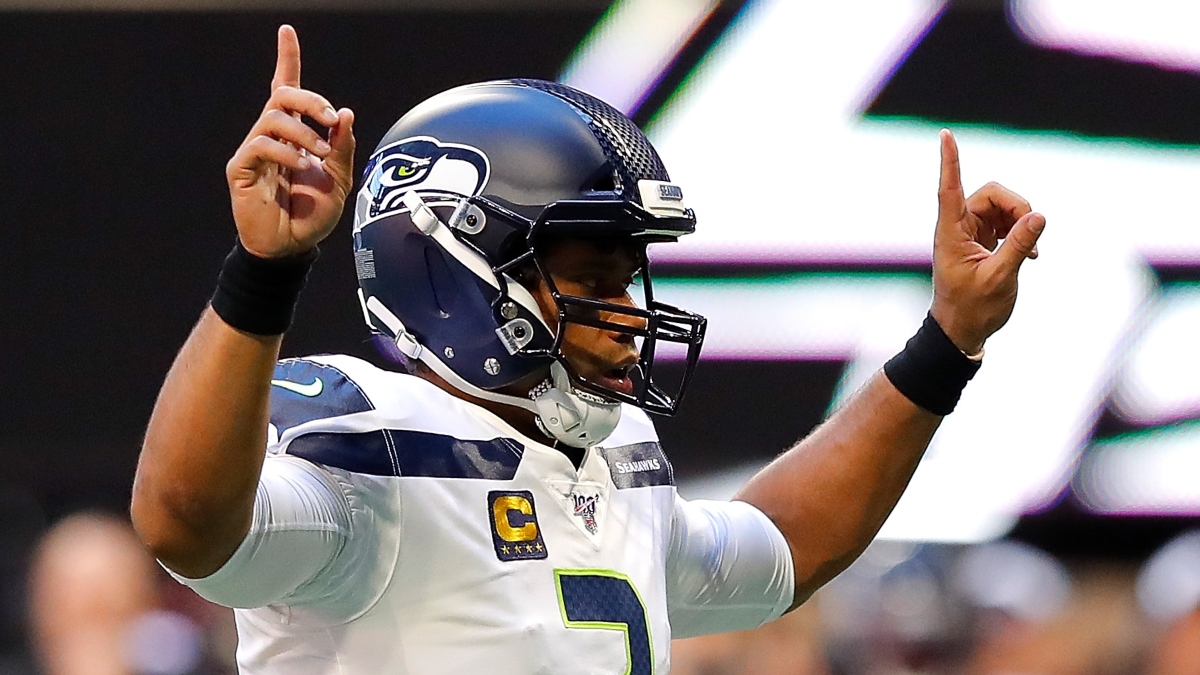
- RB Melvin Gordon: He's entering his age-27 season, coming off a subpar campaign and is likely to be on a new team. In 2020, he'll be what Le'Veon Bell was in 2019.
- WR T.Y. Hilton: I love Hilton more than most fantasy players — my first article ever was about his long-term potential — but he turns 31 this year and has underwhelmed without former quarterback Andrew Luck.
- TE Travis Kelce: I don't have him rated as a top-two tight end. That might be heretical, but I had George Kittle ahead of him last year, and that was the right move then. It's the right move now to continue to move him down the positional rankings as he ages and younger guys emerge.
My Dynasty Rankings Methodology
Here are some general notes on my ranking process and perspective.
- Age: I place a premium on youth, which correlates with longevity and degree of future production. If a veteran doesn’t currently have starter-caliber value, I probably have him ranked lower than younger players, even if he has more current production: The younger players have more long-term upside.
- Production window: In creating the rankings, I've focused most on the production we can reasonably expect from players within the next three years. After that time frame, projections really start to lose value, although I still value the unknown long-tailed potential younger players possess.
- Positional scarcity: I tend to devalue players at positions of depth. As a result, quarterbacks are usually low in my rankings because there are so many viable options at the position.
- Longevity: Everything else equal, I usually rank wide receivers ahead of running backs and tight ends because receivers as a group last longer in the league and maintain value deeper into their careers.
- Other factors for specific players: I’ve relied on the following primary data points for ranking these three types of players.
- Young players: Draft position, physical profile, college production, recent production and projected opportunity.
- Prime veterans: Long-term production, positional decline curve, recent production and projected opportunity.
- Aging veterans: Recent production, projected opportunity, positional decline curve and long-term production.


